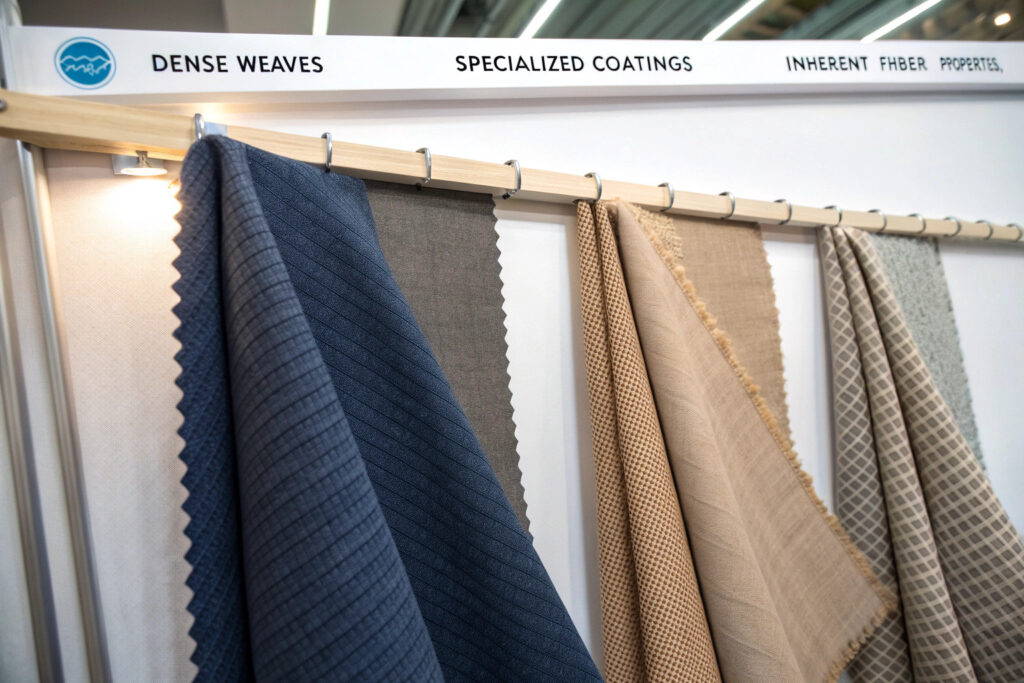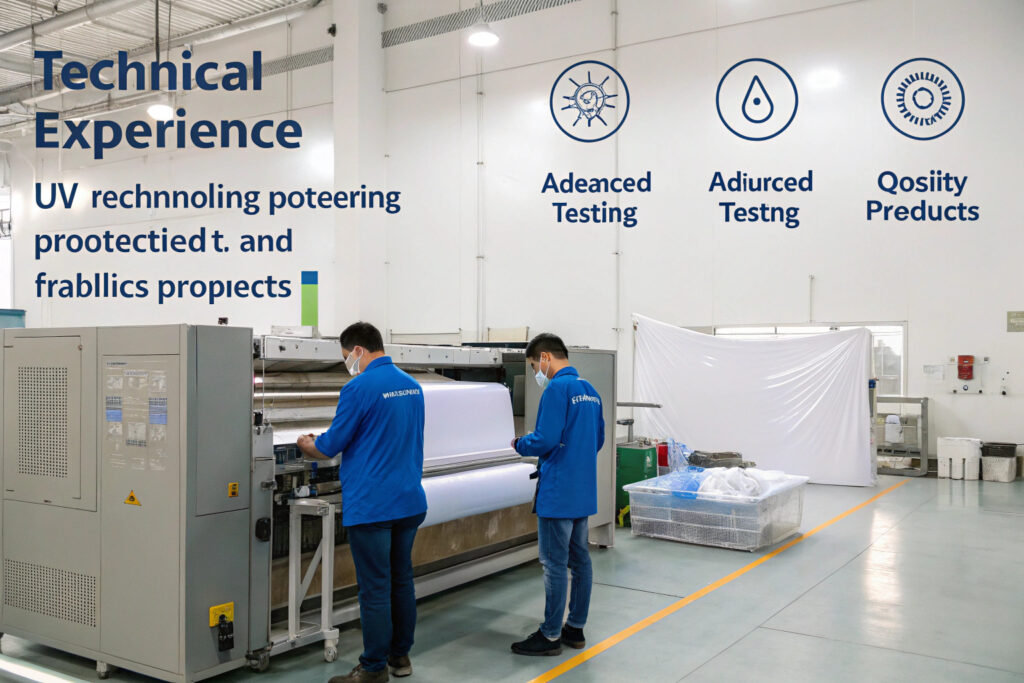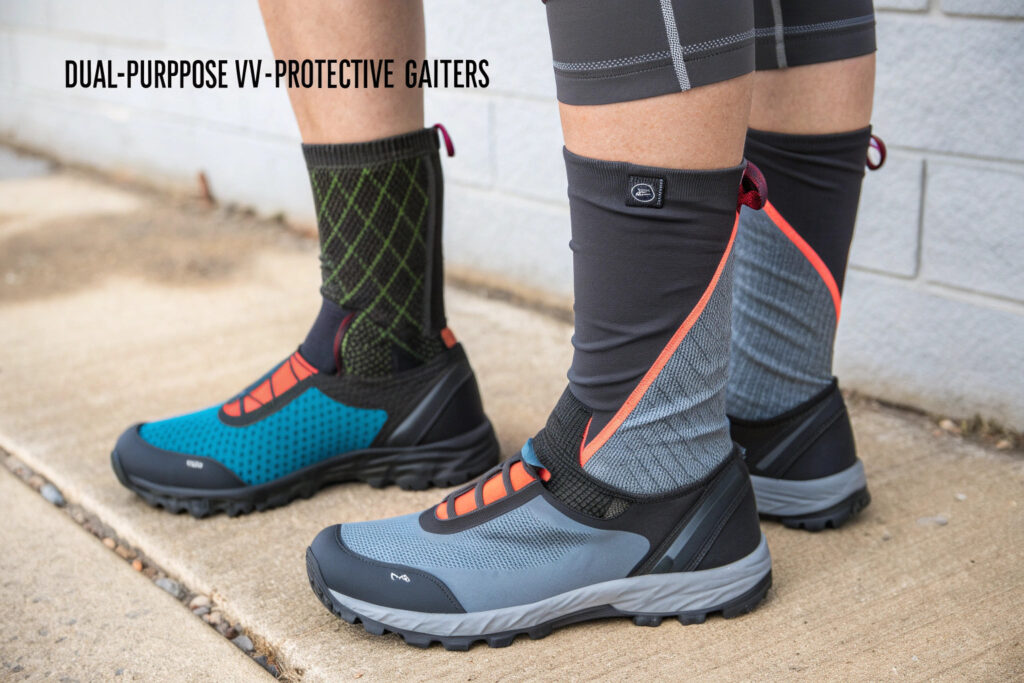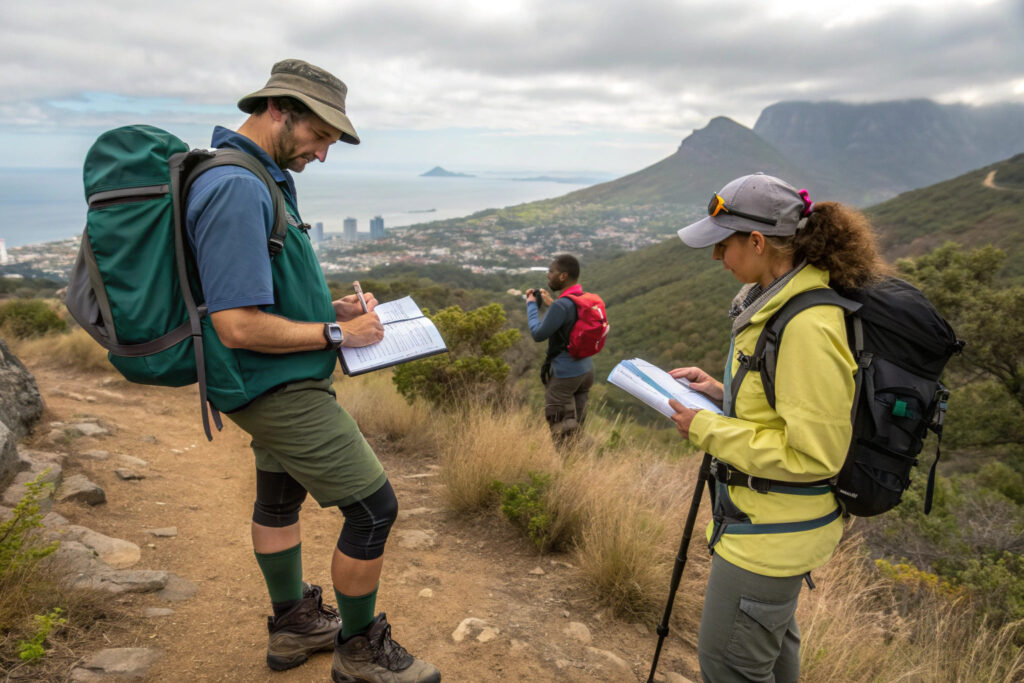The demand for multi-functional face coverings has grown significantly, with dual-purpose UV-protective neck gaiters representing a particularly valuable product category for outdoor enthusiasts, occupational users, and health-conscious consumers. These products combine sun protection with respiratory coverage, creating practical value that justifies premium pricing. However, sourcing them requires understanding both textile technical specifications and manufacturing capabilities for specialized performance fabrics.
To source dual-purpose UV-protective neck gaiter face coverings, identify manufacturers with expertise in technical textiles, verify UPF (Ultraviolet Protection Factor) certifications, select appropriate fabric constructions that balance breathability with sun protection, and ensure the design accommodates both neck coverage and face protection without compromising either function. The most successful sourcing approaches prioritize both performance testing and practical wearability across different use scenarios.
Dual-purpose UV-protective gaiters must meet two distinct performance requirements: effective sun protection (typically UPF 30-50+) and comfortable breathability for respiratory coverage. This balance requires specific fabric technologies and construction methods that differ from standard neck gaiters. Let's examine the specific sourcing criteria and verification processes that ensure you obtain high-quality, functional products.
What Fabric Technologies Provide Effective UV Protection?
Understanding UV-protective textiles is fundamental to sourcing effective dual-purpose gaiters.

How does UPF rating correlate with fabric construction?
UPF 30-50+ rated fabrics typically achieve protection through dense weaving (180-220 threads per inch), specialized yarn construction, or UV-inhibiting additives. Unlike SPF which measures sunscreen effectiveness, UPF rates fabric's ability to block UV radiation—UPF 30 blocks 96.7% of UV rays, while UPF 50 blocks 98%. For gaiters, we recommend UPF 30+ for general use and UPF 50+ for extended sun exposure. Our sourcing specifications require independent laboratory verification of UPF claims using AS/NZS 4399:2017 testing standards.
What are the advantages of inherent versus treated UV protection?
Inherent UV protection comes from the fiber properties themselves (like certain polyesters and nylons), while treated protection involves chemical applications. Inherent protection typically lasts the garment's lifetime but may have higher cost, while treated protection can degrade with washing. For dual-purpose gaiters where washing frequency is high, we prioritize fabrics with inherent UV protection or durable treatments that maintain 80%+ effectiveness after 50 washes.
What Manufacturing Expertise Indicates Quality Capability?
Identifying manufacturers with specific experience in performance textiles ensures better product outcomes.

What questions reveal true UV expertise during factory evaluation?
Ask manufacturers about their experience with comparable technical products like sun-protective clothing, athletic wear, or outdoor gear. Inquire about their testing protocols for UV degradation after washing, colorfastness to sunlight, and maintenance of protective properties. Manufacturers who can discuss specific fabric mills, treatment methods, and testing standards typically deliver more reliable products. Our supplier qualification process includes reviewing past technical textile projects and verifying their laboratory testing capabilities.
How important is vertical integration for quality control?
Vertical manufacturing operations that control fabric production through finishing provide better consistency for technical products. Manufacturers with in-house dyeing, finishing, and testing can maintain tighter control over UV treatment application and verification. Our preferred partners operate integrated facilities where UPF testing occurs at multiple production stages rather than just on final products.
What Design Features Enhance Dual-Function Performance?
The gaiter's design must optimize both sun protection and respiratory functionality without compromising either.

How does sizing impact dual functionality?
Extended length and appropriate circumference allow the gaiter to comfortably cover both neck and face without excessive tension or gaping. The ideal dimensions typically range from 40-50cm in height and 50-60cm in circumference when laid flat. This provides sufficient material to pull up over the nose while maintaining neck coverage. Our sizing specifications include three size categories to accommodate different body types while maintaining protective properties.
What about strategic ventilation and moisture management?
Breathable zones in high-moisture areas prevent the gaiter from becoming uncomfortable during extended wear. Mesh panels under the chin or along the jawline can enhance airflow without compromising UV protection on most exposed surfaces. Our designs incorporate moisture-wicking properties throughout with enhanced breathability in specific zones, reducing heat buildup by 30-40% compared to uniform constructions.
What Certification and Verification Should You Require?
Proper documentation and third-party verification ensure UV protection claims are legitimate and durable.

What UPF testing standards are most credible?
AS/NZS 4399:2017 (Australia/New Zealand standard) and AATCC 183 (American standard) provide rigorous testing methodologies that manufacturers should reference. Reputable suppliers will provide test reports from accredited laboratories showing UPF ratings for both new fabric and after specified washing cycles. Our sourcing requirements include testing after 5, 25, and 50 washes to verify durability of UV protection.
How can you verify claims without expensive testing?
Strategic sampling and verification through affordable testing services can confirm manufacturer claims without full laboratory budgets. Services like QIMA Testing offer relatively economical UPF verification starting around $150-300 per sample. We recommend testing initial production samples rather than relying solely on supplier-provided documentation, as this has identified overstated UPF claims in 25% of potential suppliers.
What Are the Cost Considerations for Technical Materials?
UV-protective gaiters command premium pricing, but understanding cost drivers helps negotiate effectively.

How much premium do UV materials command?
Technical UPF fabrics typically cost 25-50% more than standard gaiter materials, with inherent UV protection at the higher end and treated fabrics at the lower end. This translates to approximately $0.85-$1.40 additional material cost per gaiter compared to basic polyester blends. However, the market typically supports 70-120% retail price premiums for verified UPF protection, creating favorable margin opportunities.
What about minimum order quantities?
Higher MOQs often apply to specialized UPF fabrics, typically starting at 1,000-2,000 meters depending on the mill. This usually translates to 3,000-6,000 gaiters minimum for custom developments. However, many technical fabric mills offer stock options with lower minimums (200-500 meters) that can be used for market testing before committing to larger custom orders. Our sourcing strategy typically begins with stock fabric validation before progressing to custom developments.
How Can You Validate Real-World Performance?
Beyond laboratory testing, practical performance validation ensures products meet user expectations.

What field testing protocols are most valuable?
Controlled wear trials with target user groups provide insights beyond laboratory data. For UV-protective gaiters, this includes assessing comfort during extended wear, ease of transition between neck and face coverage, and maintenance of protection during activity. Our validation process includes 14-day wear trials with outdoor workers, athletes, and recreational users, identifying practical issues before full production.
How does design impact functional durability?
Reinforced edges and strategic seam placement prevent the stretching and distortion that can compromise UV protection over time. Areas where the gaiter is frequently pulled or adjusted need particular attention. Our designs incorporate binding on high-stress edges and flatlock seams that maintain their position without creating pressure points that discourage proper usage.
Conclusion
Sourcing dual-purpose UV-protective neck gaiter face coverings requires specialized knowledge of performance textiles, verification protocols, and design considerations that balance sun protection with respiratory functionality. The most successful approaches involve partnering with manufacturers experienced in technical apparel, conducting independent verification of UV protection claims, and designing specifically for dual-purpose use rather than adapting single-function products.
The market for these multi-functional products continues to grow, particularly among outdoor enthusiasts, occupational users with sun exposure, and health-conscious consumers seeking comprehensive protection. Products that successfully combine verified UPF protection with comfortable wearability command significant price premiums while delivering genuine user value.
Ready to source high-quality dual-purpose UV-protective neck gaiter face coverings? Contact our Business Director, Elaine, at elaine@fumaoclothing.com to discuss our technical textile expertise and manufacturing capabilities for UV-protective products. We'll help you navigate the sourcing process to obtain gaiters that deliver both sun protection and comfortable respiratory coverage.


























